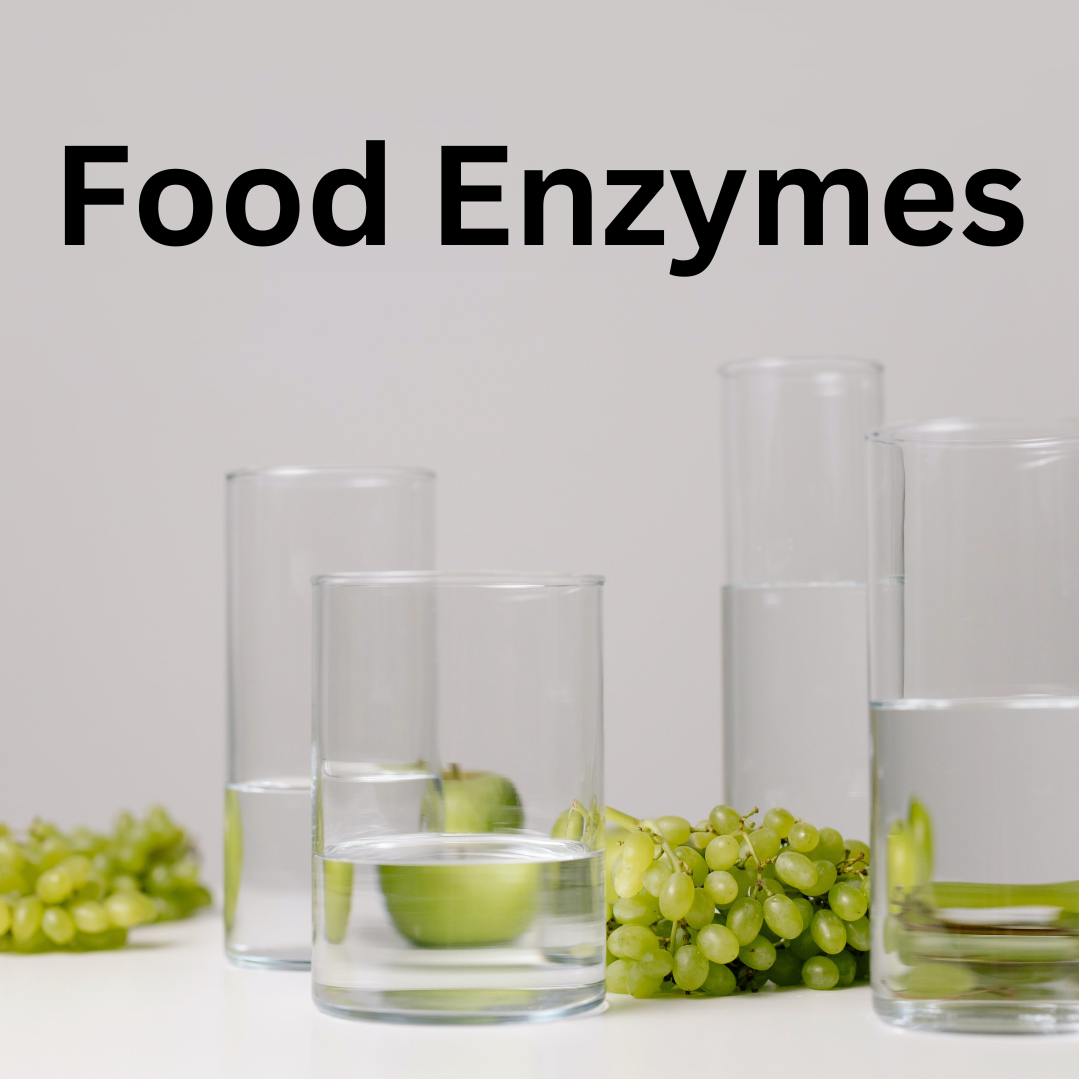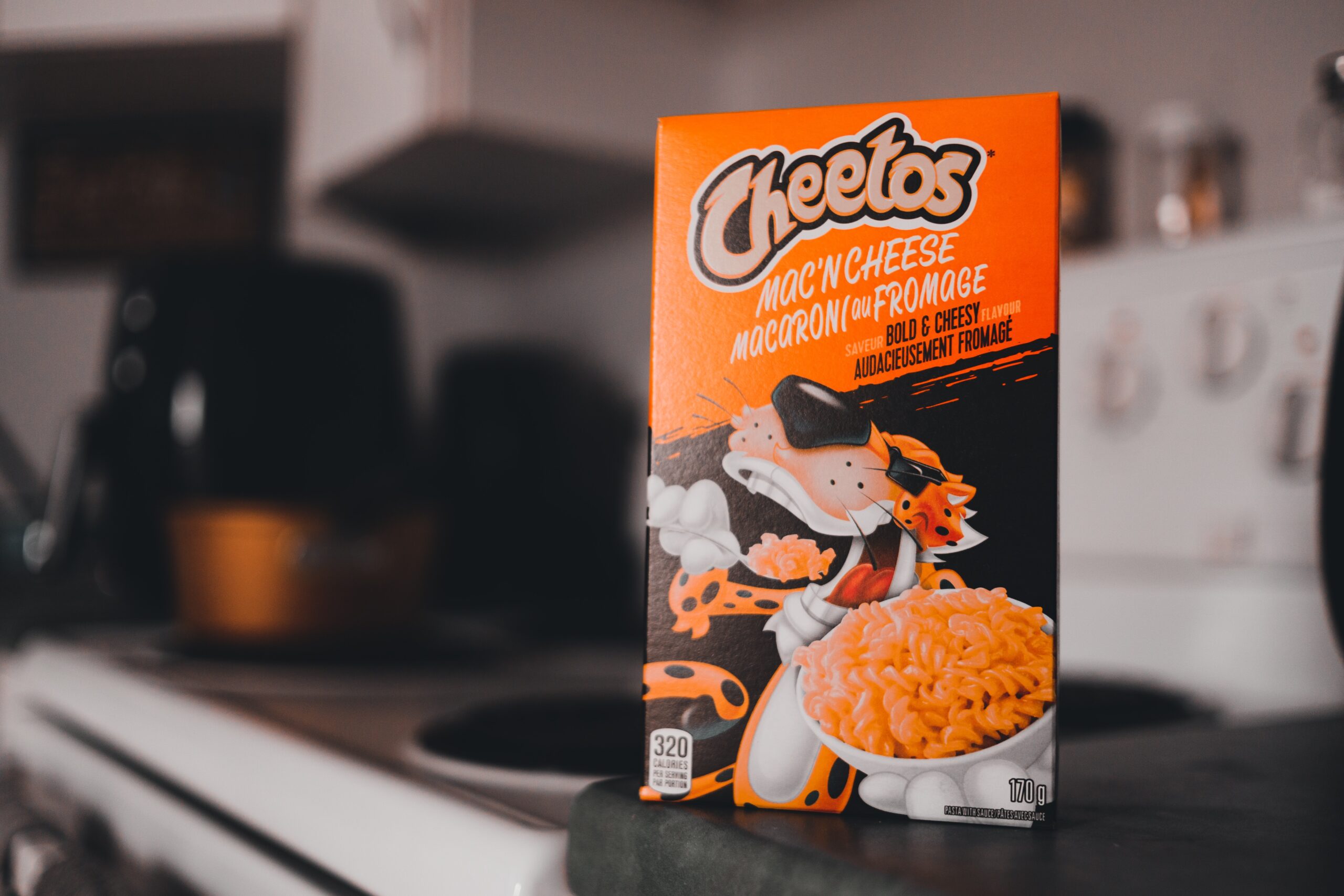In the culinary world, the magic of food often lies in the intricate dance of ingredients, and at the heart of this culinary alchemy are food enzymes. These remarkable substances are the unsung heroes behind the flavors and textures that tantalize our taste buds. In this article, we will explore the fascinating world of food enzymes, delving into their role, types, and how they transform raw ingredients into delectable dishes.
Introduction
Food enthusiasts and chefs alike often marvel at the wonders of food, and rightly so. Among the myriad of ingredients and techniques that make cooking an art form, food enzymes play a pivotal role. These microscopic catalysts are responsible for the remarkable transformation of raw ingredients into mouthwatering dishes that delight our senses.
What Are Food Enzymes?
A Closer Look at Enzymes
Before we dive into the world of food enzymes, let’s understand what enzymes are. Enzymes are biological molecules, usually proteins, that act as catalysts in various chemical reactions. They facilitate these reactions without being consumed themselves. In the culinary world, enzymes are the secret agents that bring about flavor and texture changes in food.
Enzymes in the Kitchen
In the kitchen, enzymes are responsible for processes like ripening, tenderization, and flavor development. They are present in various ingredients and can be harnessed to create culinary masterpieces.
Types of Food Enzymes
Food enzymes come in various types, each with a unique role to play in the kitchen.
Amylases
They are crucial in baking, where they convert starches in flour into sugars, contributing to the browning of bread and pastries.
Proteases
Proteases are responsible for breaking down proteins into smaller peptides and amino acids. They are used in meat tenderization and cheese production, among other applications.
Lipases
Lipases, as the name suggests, work on fats and lipids. They are used in cheese-making to enhance flavor and texture.
Pectinases
Pectinases target pectin, a complex carbohydrate found in fruits and vegetables. They are employed in the production of jams and jellies.
How Food Enzymes Work Their Magic
The Process of Enzymatic Reactions
Enzymatic reactions in cooking involve a substrate (the molecule being transformed), an enzyme, and specific conditions like temperature and pH. When the conditions are right, enzymes speed up chemical reactions, leading to flavor and texture changes.
Enzymes in Baking
In baking, enzymes like amylases and proteases are essential. Amylases break down starches, while proteases contribute to gluten development and bread texture.
Enzymes in Cheese Making
Cheese-making relies heavily on enzymes, particularly proteases and lipases. These enzymes help create the diverse array of textures and flavors found in cheese.
The Impact on Flavor
Flavor Development
Food enzymes play a vital role in flavor development. They break down complex compounds into simpler ones, releasing aromatic compounds that enhance the overall taste.
Enzymes in Fermentation
Fermented foods like bread, beer, and yogurt owe their distinctive flavors to enzymatic reactions during fermentation.
Texture Enhancement
Enzymes in Meat Tenderization
Ever wondered how your steak becomes tender and juicy? Enzymes like proteases are responsible for breaking down tough muscle fibers in meat.
Creamy Textures in Dairy Products
In dairy production, enzymes contribute to the creamy textures of products like yogurt and cream cheese.
Enzymes in Health and Nutrition
Digestive Enzymes
Beyond the kitchen, our bodies rely on digestive enzymes to break down food and absorb nutrients. Enzyme supplements can aid in digestion.
Potential Health Benefits
Some studies suggest that food enzymes may have health benefits, such as improved digestion and nutrient absorption.
Practical Applications in the Kitchen
Using Enzymes in Cooking
As a home cook or professional chef, you can harness the power of food enzymes to elevate your culinary creations. Experimentation is key.
Sources of Natural Enzymes
Many natural ingredients contain enzymes, from pineapples and papayas to yeast and ginger.
Challenges and Considerations
Temperature and pH
Enzymes are sensitive to temperature and pH levels. Understanding these factors is crucial for successful enzyme utilization in cooking.
Allergen Concerns
Careful labeling and awareness are essential.
The Future of Food Enzymes
The culinary world is constantly evolving, and the use of food enzymes is likely to become even more innovative and widespread in the future.
Conclusion
These are the invisible heroes of the culinary world, transforming ordinary ingredients into extraordinary dishes. Their influence on flavor and texture is undeniable, and their potential health benefits are intriguing. As you embark on your culinary adventures, consider experimenting with food enzymes to unlock new dimensions of taste and texture in your creations.
Read More: Amazing Tips For Making Your Garage A Useful Place



